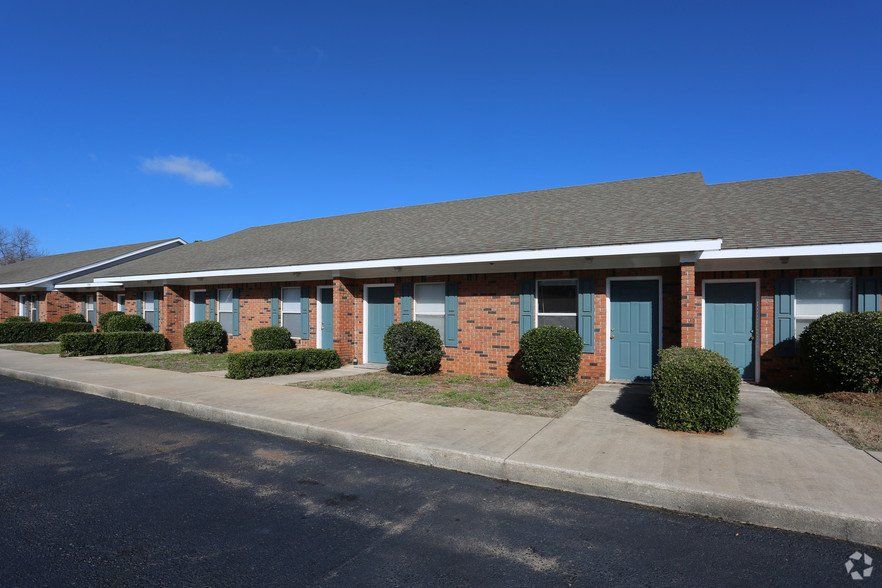
SuDS and surrounding environments are difficult to model using existing Second, some complex hydro-environmental processes of Moisture deficit parameter of SuDS is often determined through calibration The application of process-based models, however, faces several challenges.įirst, it may require considerable effort to set up a process-based modelįor SuDS, as not all the required parameters are measurable or can be MUSIC (Model for Urban Stormwater Improvement Conceptualisation), are reviewed in Eckart et al. (2017) and Elliott and Trowsdale Commonly used models, including the Storm Water Management Model (SWMM) and Process-based models as hydrological functional units, whose properties areĭefined using a set of parameters. Physically based or empirical equations are used to characterize the Process-based models are another approach to modeling SuDS in which However, these methods may poorly reflectĭetailed SuDS design variations (Fassman-Beck et al., 2016). Empirical equation-based methodsĬan be useful in preliminary designs to rapidly estimate some key In Montalto et al. (2007) and Damodaram et al. (2010) to study theĮffectiveness of SuDS at catchment scales. The rational method and Soil Conservation Service (SCS) runoff curve number method are modified and used Simplest methods are perhaps those developed based on empirical equationsįor assessing the drainage impact of different land use types. Hydrological processes (Liu et al., 2014 Elliott and Trowsdale, 2007). Predict the hydrological performance of SuDS and understand the involved Pavements, and rain barrels (Gimenez-Maranges et al., 2020 Charlesworth,Ī number of numerical modeling methods have been adopted or developed to Commonly used SuDS include bioretention cells, green roofs, porous Hydrological regimes (Selbig et al., 2019 Trinh and Chui, 2013 Zhou,Ģ014). Stormwater runoff quality, reduce runoff volume, and restore natural Infiltration, storage, evapotranspiration, and stormwater reuse (Fletcher etĪl., 2015 Jones and Macdonald, 2007). Sustainable urban drainage systems (SuDS), also known as low-impactĭevelopment practices, green infrastructure, and sponge cities, areĭecentralized stormwater management practices that aim to promote on-site

In summary, this study shows that ML methods are a useful tool for predicting the hydrological responses of SuDS catchments, and the hydrological processes inferred from modeling results should be interpreted cautiously due to the existence of large uncertainty in the inference processes. Finally, this study provides a high-level overview of the practices of inferring physical processes from the ML modeling results and shows both conceptually and empirically that large uncertainty exists in every step of the inference processes.

This study further empirically shows that an ML model's ability to provide accurate predictions can be uncorrelated with its ability to offer plausible explanations to the physical processes being modeled. For instance, negative contributions of rainfall to runoff have been identified in some models. The inferred processes of some models, however, are found to be physically implausible. The physical realism of the inferred hydrological processes is then compared to that would be expected based on the domain-specific knowledge of the system being modeled. ML explanation methods are then employed to derive the basis of each ML prediction, based on which the hydrological processes being modeled are then inferred. The resulting models have high predictionĪccuracies (Nash–Sutcliffe efficiency, NSE, >0.70). With different sizes, SuDS practice types, and data availabilities in the The proposed methods are applied to two SuDS catchments This study thus proposes a machine learning (ML) method to directly learn the statistical correlations between the hydrological responses of SuDS and the forcing variables at sub-hourly timescales from However, it can require considerable effort to set up these models. The hydrological processes of SuDS are often modeled using process-based models.

Sustainable urban drainage systems (SuDS) are decentralized stormwater management practices that mimic natural drainage processes.


 0 kommentar(er)
0 kommentar(er)
